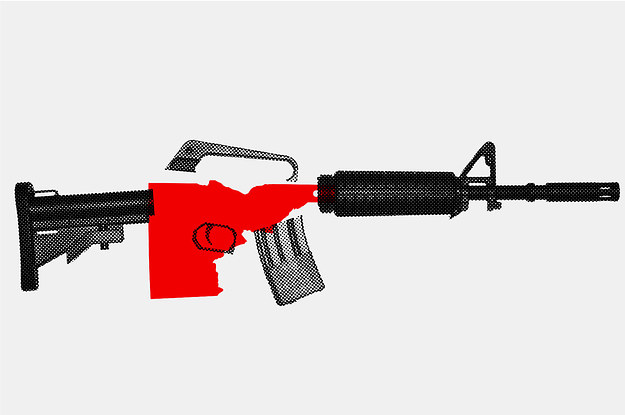
Smaller variants are often considered to be machine pistols. The Uzi (Hebrew: יזוע, officially cased as UZI) is a family of Israeli open-bolt, blowback- operated submachine guns. The M1 reinforcing bolt and washer were carried over to the M1A1 and retrofitted to many of the M1928A1s in U.S. The British had used improvised bolts or wood screws to reinforce M1928 stocks. Late production M1 stocks were fitted with reinforcing bolts and washers to prevent splitting of the stock where it attached to the receiver. The Cutts compensator, barrel cooling fins, and Blish lock were omitted while the buttstock was permanently affixed. The less expensive and more-easily manufactured "stick" magazines were used exclusively in the M1, with a new 30-round version joining the familiar 20-round type. The slots adjoining the magazine well allowing the use of a drum magazine were removed. Late M1s had triangular guard wings added to the rear L sight, which were standardized on the M1A1. The flip-up adjustable Lyman rear sight was replaced with a fixed L sight. Rate of fire was reduced to approximately 600– 700 rpm.įirst issued in 1943, the M1 uses a simple blowback operation, with the charging handle moved to the side. Responding to a request for further simplification, the M1 was standardized in April 1942 as the United States Submachine Gun, Cal.45, M1.

It has considerable significance in popular culture, especially in works about the Prohibition era and World War II and is among the best-known firearms in history. It has since gained popularity among civilian collectors for its historical significance. 45 ACP cartridge, accuracy, and high volume of fully automatic fire. The Thompson was favored by soldiers, criminals, police, FBI, and civilians alike for its large. The Thompson submachine gun was also known informally as the "Tommy Gun", "Tôm Sông", "Annihilator", "Chicago Typewriter", "Chicago Submachine", "Chicago Piano", "Chicago Style", "Chicago Organ Grinder", "Drum Gun”, “The Chopper", and simply "The Thompson". It was a common sight in the media of the time, being used by both law enforcement officers and criminals. Thompson in 1918 which became infamous during the Prohibition era, being a signature weapon of various crime syndicates in the United States. The Thompson submachine gun is an American submachine gun invented by John T. There was a No4 Lee–Enfield foresight and the weapon was of better-quality manufacture and finish than the Mk2 and Mk3. Changes included a wooden pistol grip, a vertical wooden fore grip, a wooden stock, and a bayonet mount.

Introduced in 1944, the Mk V was essentially a better-quality, more elaborate version of the Mk 2. However, the open-bolt firing mechanism, short barrel, and use of pistol ammunition severely restricted accuracy, with an effective range of around 100m. These shared similar attributes and faults they were simple and cheap to manufacture, and put an automatic weapon into the hands of soldiers, greatly increasing the short-range firepower of the infantry, especially when the main infantry weapon was a bolt-action rifle capable of only around 15 rounds per minute and not suited for short-range combat.

The basic operating principles were like those of the German MP40, Russian PPSh-41, US M3 submachine gun and numerous other designs. There is no breech locking mechanism, the rearward movement of the bolt caused by the recoil impulse is arrested only by the mainspring and the bolt's inertia. This means the bolt remains to the rear when the weapon is cocked, and on pulling the trigger the bolt moves forward under spring pressure, stripping the round from the magazine, chambering it and firing the weapon all in the same movement. The Sten is a blowback-operated submachine gun firing from an open bolt with a fixed firing pin on the face of the bolt. They had a simple design and very low production cost, so they were also effective insurgency weapons for resistance groups. The STEN (or Sten gun) was a family of British submachine guns chambered in 9×19mm and used extensively by British and Commonwealth forces throughout World War II and the Korean War.


 0 kommentar(er)
0 kommentar(er)
